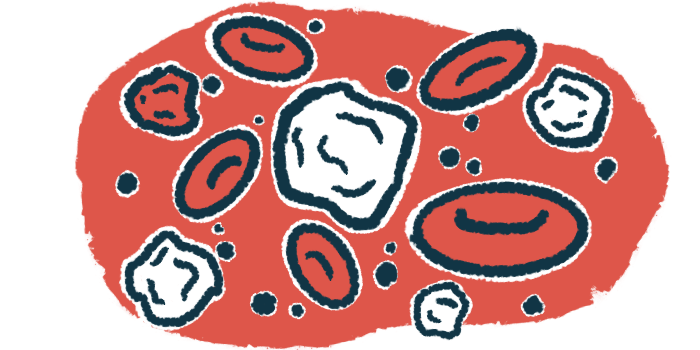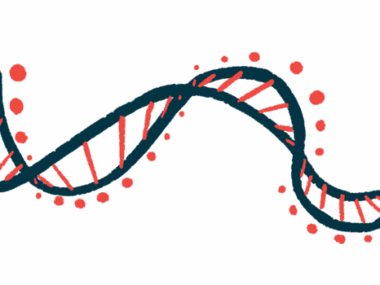Targeting immune cells’ energy-producing pathway may treat primary Sjögren’s
Blocking aerobic glycolysis in T-cells lowered their pro-inflammatory profile
Written by |

Changes in the metabolic activity of certain immune cells may help to drive the inflammatory attacks that cause Sjögren’s syndrome, a recent study reported.
According to its researchers, these findings suggest that targeting a specific metabolic pathway in immune cells, called aerobic glycolysis, may help to reduce disease activity and be “a promising therapeutic target for the treatment of [primary Sjögren’s syndrome].”
The study, “Immunometabolic alteration of CD4+ T cells in the pathogenesis of primary Sjögren’s syndrome,” was published in the journal Clinical and Experimental Medicine.
Immune cells use glucose to create energy via two metabolic pathways
An autoimmune disease, Sjögren’s syndrome is caused by immune cells that turn hyperactive and start attacking the body’s own healthy tissues, particularly the glands responsible for producing tears and saliva, leading to the disease’s hallmark symptoms of dry eyes and mouth. Yet, the precise biochemical mechanisms behind immune cell hyperactivity in Sjögren’s aren’t fully understood.
Immune cells need a lot of energy to function, especially when going on the attack. In order to generate energy, these cells use the sugar molecule glucose as fuel in one of two major metabolic pathways: aerobic glycolysis or oxidative phosphorylation.
Aerobic glycolysis can generate energy very quickly, but it isn’t a particularly efficient process, without much energy generated from each sugar molecule used. In contrast, oxidative phosphorylation is a very efficient process that can generate a lot of energy from each sugar molecule, but it takes much longer to carry out. Switching between these two processes can have major ramifications on the activity of immune cells.
A team of scientists, most with the Chinese Academy of Medical Sciences and Peking Union Medical College in Beijing, collected blood samples from 74 people with primary Sjögren’s syndrome and 68 age- and sex-matched healthy adults. A battery of tests then were run to characterize the metabolic profile of the patients’ immune cells.
Patients’ helper T-cells favored the fast but less efficient pathway for energy
They specifically focused on CD4-positive T-cells, immune cells that are thought to play a central role in the autoimmune attack that drives Sjögren’s. These cells also are known as helper T-cells, because their main job is to release signaling molecules that help to coordinate the activity of other immune cells.
Substantially higher activity for the faster, less-efficient aerobic glycolysis pathway was seen in helper T-cells from Sjögren’s patients compared with those of healthy individuals. However, no differences were found between the two groups in regard to the activity of the slower and more efficient oxidative phosphorylation pathway.
In accordance with these findings, patient cells also showed heightened activity in many genes that are key for the aerobic glycolysis pathway.
In further tests, researchers demonstrated that blocking aerobic glycolysis in patients’ T-cells caused the cells to take on a distinctively less inflammation-promoting profile. When glycolysis was blocked, helper T-cells produced and released far fewer pro-inflammatory signaling molecules that drive immune system attacks.
“Our observations suggest that the elevation of aerobic glycolysis may promote the proinflammatory function of activated [CD4-positive] T cells,” the researchers wrote. These findings imply that “targeting the key enzymes or metabolites involved in glycolysis might mitigate inflammation and alleviate disease severity in [primary Sjögren’s syndrome] by normalizing the hyperactivity of [CD4-positive] T cells,” they added.






